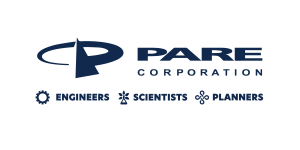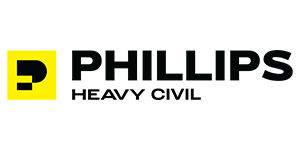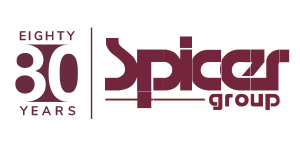Resource
Case Studies in Dam Rehabilitation Underwater Inspection and Repair Techniques
Abstract Only - As dams age they can exhibit a variety of problems. These problems often occur below the waterline and may include erosion at the upstream of downstream toe, concrete deterioration in the form of spalling or cracking, undermining or water intrusion around the structure, and problems with inlet or outlet works. The work associated with relicensing, modernization, and upgrades may have an underwater component.
In many cases, dewatering for any of the above reasons is not practical or cost-effective. Performing work underwater minimizes the impact on power generation and recreation. It also eliminates the adverse structural and environmental impacts associated with dewatering. A wide range of techniques exists for assessing and correcting structural and mechanical problems underwater.
Underwater inspection is effective in identifying, evaluating, and mapping problems. Inspection tools include underwater video, sonar, laser imaging, digital crack monitoring, dye tracing, acoustic leak detection, and acoustic positioning. Inspections can be conducted by both divers and Remotely Operated Vehicles (ROVs).
Methods for placing concrete underwater and special mix designs allow virtually any type of concrete repair (even new construction) to be undertaken. Defects ranging from minor to large spalls to large voids or extensive structural deterioration can be addressed.
Localized crack and joint sealing is typically accomplished by cementitous or chemical grouting, epoxy injection, and surface treatments. These methods are used by divers to seal even large flowing leaks. Generalized leakage over a large area may require membrane installation to form an impervious barrier. If the leakage is also around or under the dam, the membrane can be extended to include the upstream approach.
Trash racks, head gates, and valves can be reapired or replaced underwater. Repair options include underwater welding and other forms of mechanical maintenance.
This paper will present case studies illustaring the application of underwater inspection and repair techiniques. The role of the diving contractor is sometimes a small portion of a much larger program of rehabilitation or modernization. Case studies will emphasize the working relationships between various members of theproject team necessary to ensure successful projects. [Abstract only - no conference proceedings published.]
































